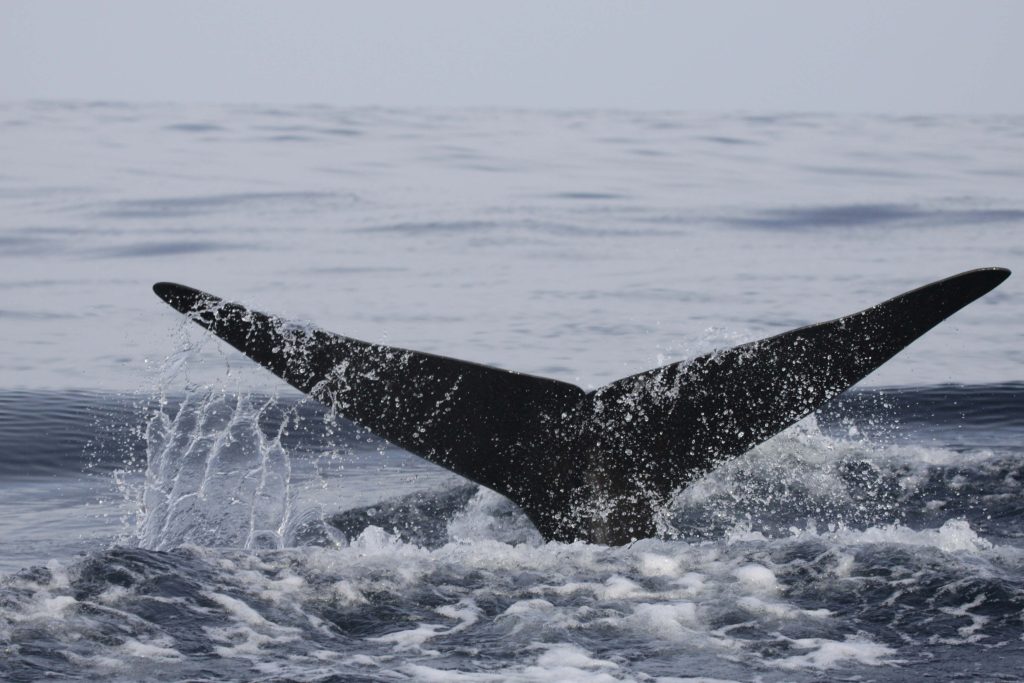
Narwhals: The Unicorns of the Sea
Narwhals (scientific name *Monodon monoceros*) are one of the most enigmatic and fascinating creatures in the marine world. Known for their long, spiral tusks, which have earned them the nickname “unicorns of the sea,” these majestic whales have intrigued scientists and storytellers for centuries. But beyond their striking appearance, narwhals are deeply adapted to the Arctic environment, thriving in one of the most challenging ecosystems on Earth.

Physical Characteristics
Narwhals are medium-sized whales, with males typically reaching lengths of 13 to 18 feet, while females tend to be slightly smaller. What truly sets them apart is their tusk, which is an elongated tooth. The tusk can grow up to 10 feet in length and spirals in a clockwise direction. While it is most prominent in males, it can occasionally be found in females, albeit much shorter. The tusk has long been a subject of speculation, with early sailors believing they were unicorn horns brought from faraway lands. Modern scientists, however, have uncovered fascinating insights into the tusk's purpose. The tusk is packed with nerve endings, and it's thought to play a role in social interactions, mate selection, and even environmental sensing, as it can detect changes in water temperature, salinity, and pressure.
Narwhals have a robust, cylindrical body designed for life in the cold Arctic waters. Their skin is mottled grey and white, which helps them blend into their icy surroundings, providing some camouflage from predators like orcas and polar bears. Their flippers are short and paddle-like, and their dorsal fin has been reduced to a small ridge, an adaptation that helps them glide through icy waters with minimal resistance.

Habitat and Diet
Narwhals are Arctic dwellers, found primarily in the waters of Greenland, Canada, and parts of Russia. They are highly migratory and travel between different regions based on seasonal changes. During the summer, they prefer the ice-free waters near coastal areas, where they can feed on fish, squid, and shrimp. In winter, they move to deeper waters under the ice pack, where their diet consists mainly of deep-sea fish and invertebrates, which they hunt using echolocation, much like other species of whales.
Narwhals have an incredible ability to dive to great depths in search of food. They can reach depths of over 1,500 meters (about 5,000 feet) and can remain submerged for up to 25 minutes. This remarkable diving ability allows them to access food sources that are out of reach for many other marine species.
Behavior and Social Structure
Narwhals are known for their social nature. Also, they are often found in groups, or pods, that can range in size from just a few individuals to several hundred. These pods are often made up of family members, and within these groups, narwhals communicate using a variety of vocalizations, including clicks, whistles, and pulsed sounds. Scientists believe that these sounds are used for echolocation and social bonding.The tusk, particularly in males, also plays a significant role in social interactions. Males have been observed engaging in “tusking” behavior. This is where they will cross tusks in a form of gentle sparring, likely to assert dominance or compete for mates. Although this behavior is thought to be a form of nonviolent communication, although it is also believed to be linked to mating rituals.

0 Comments